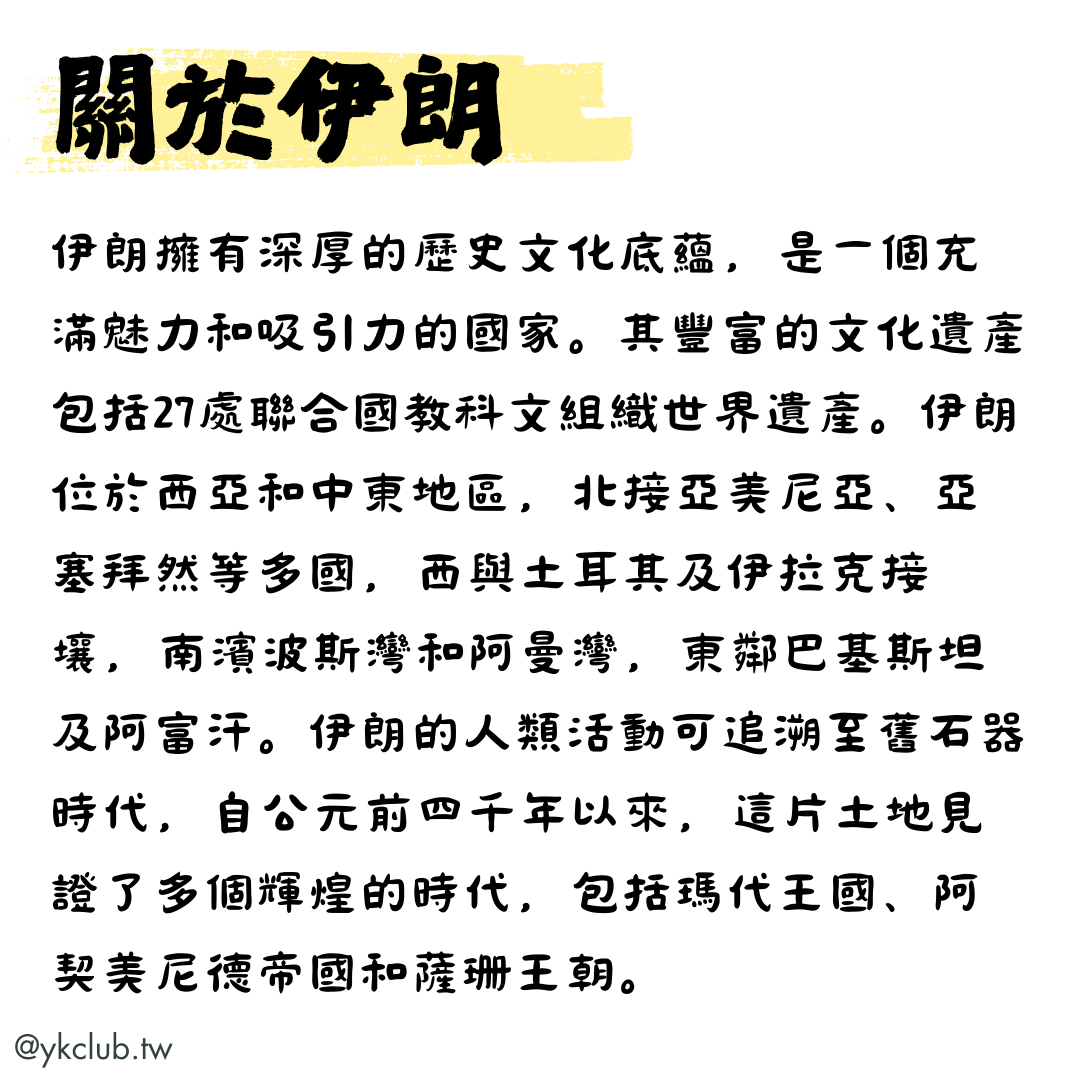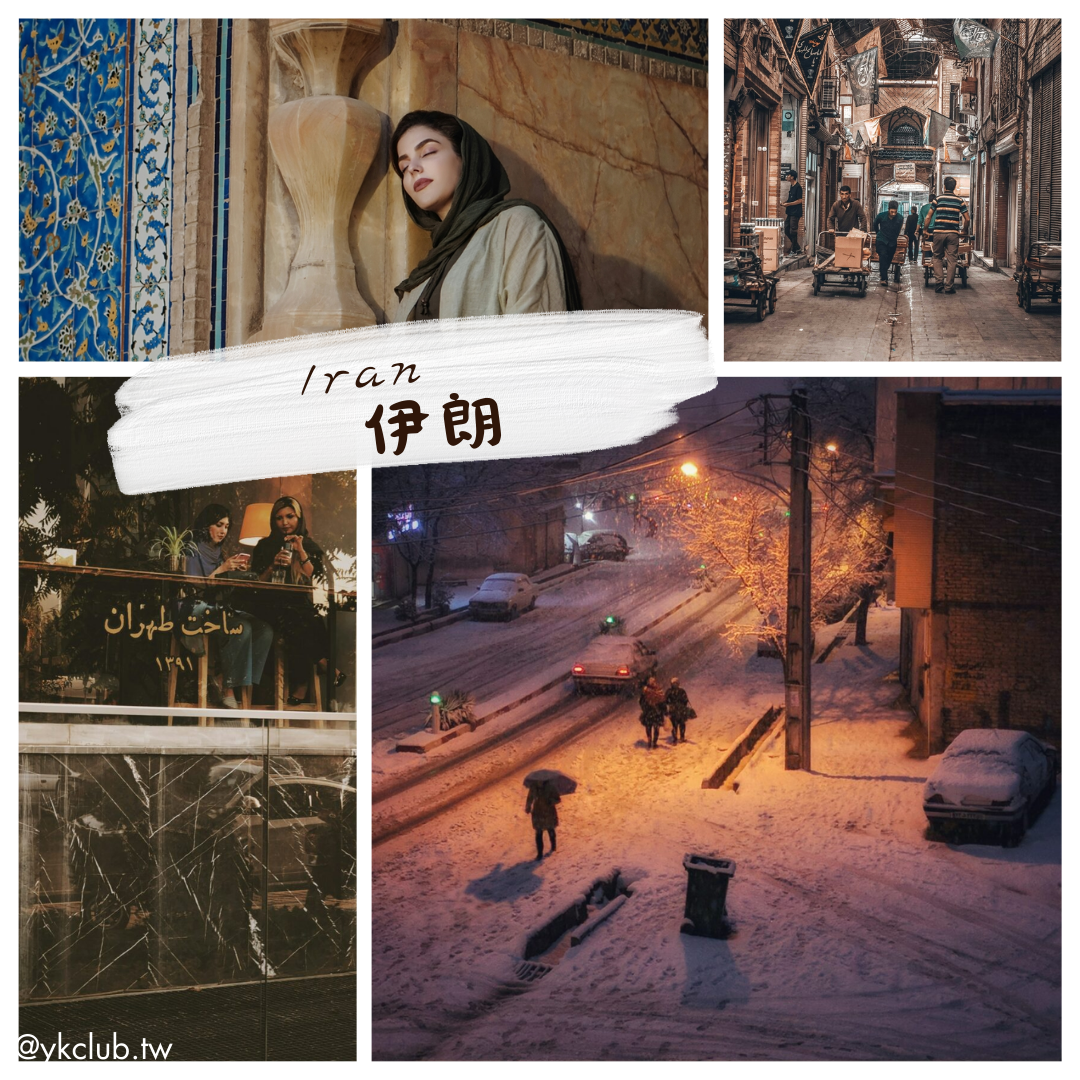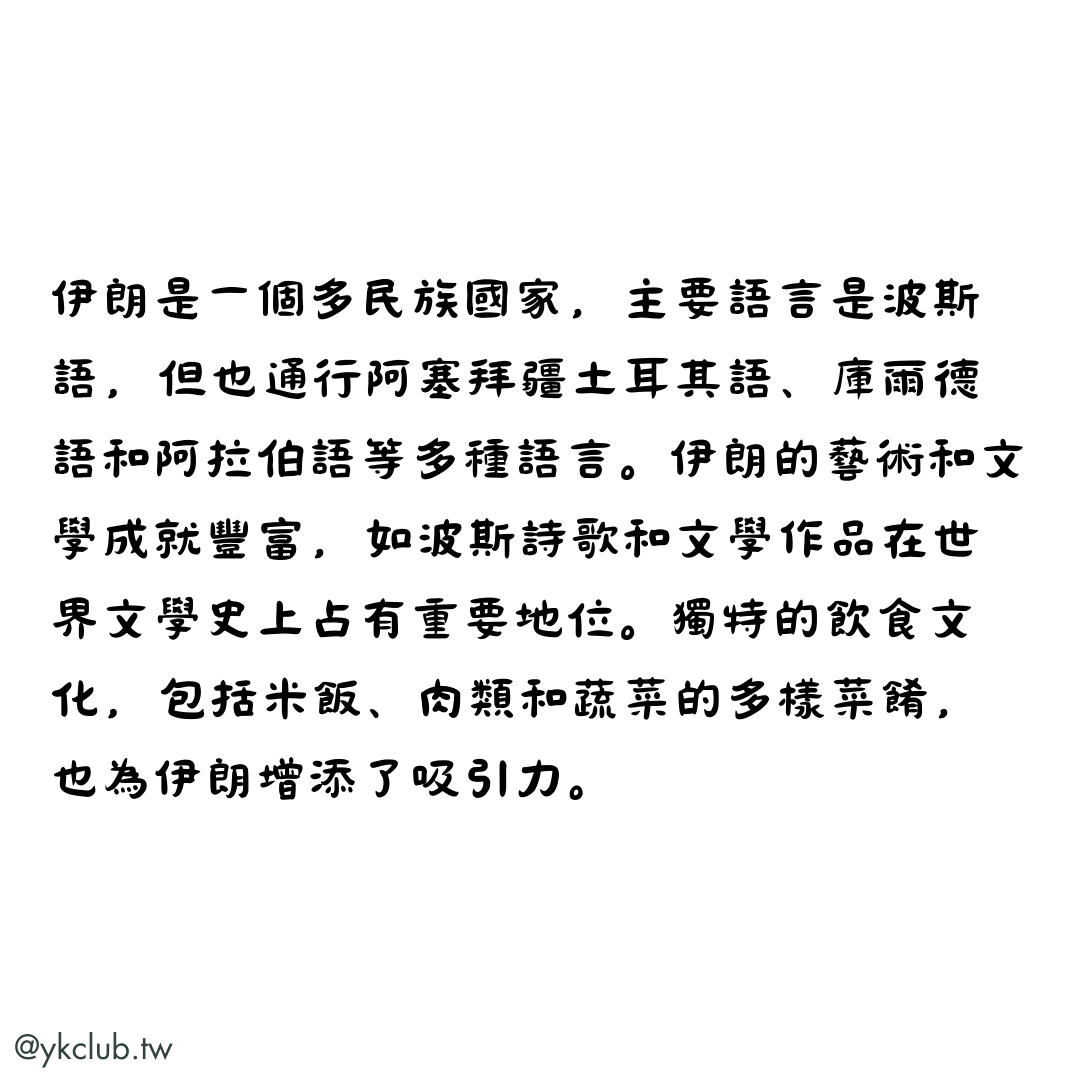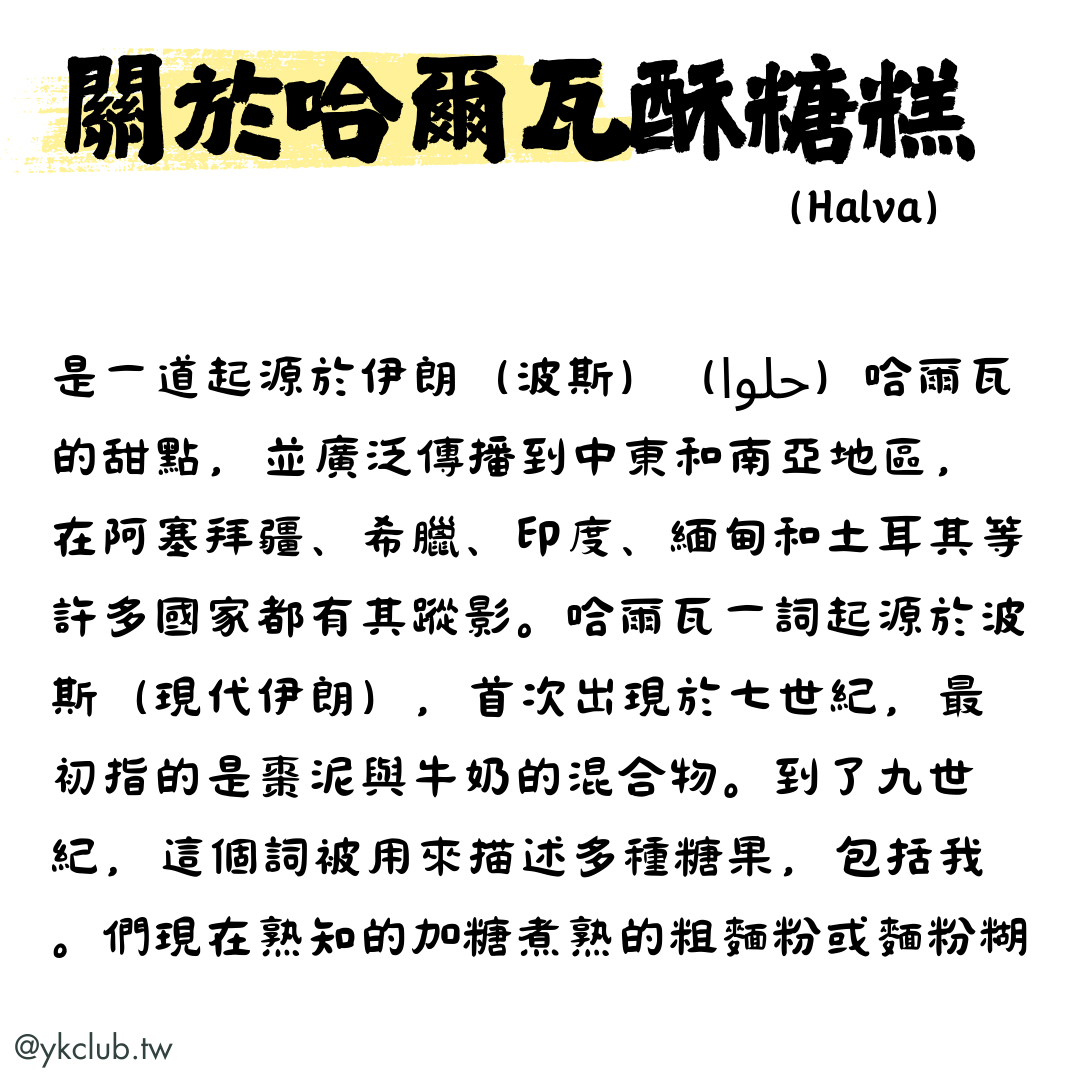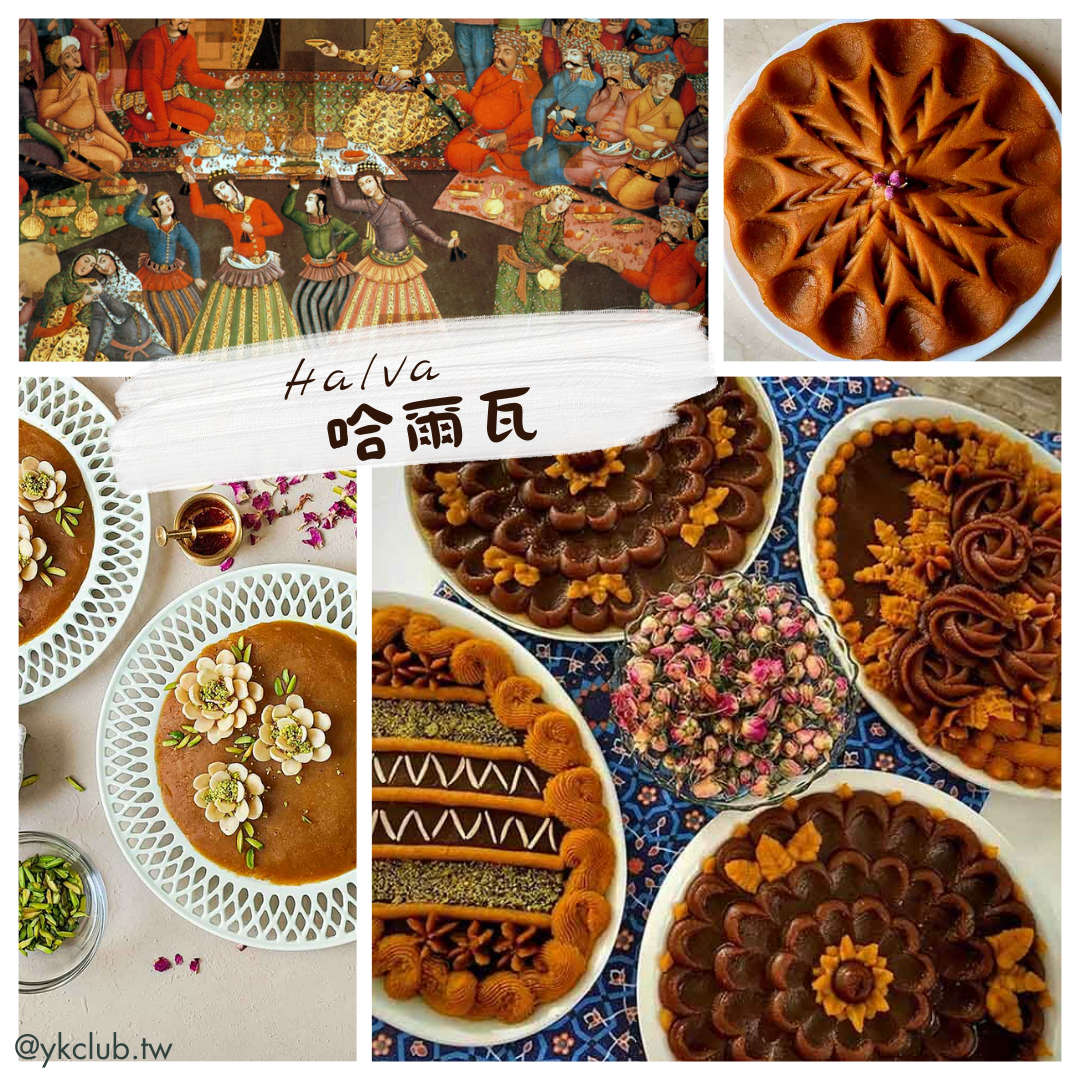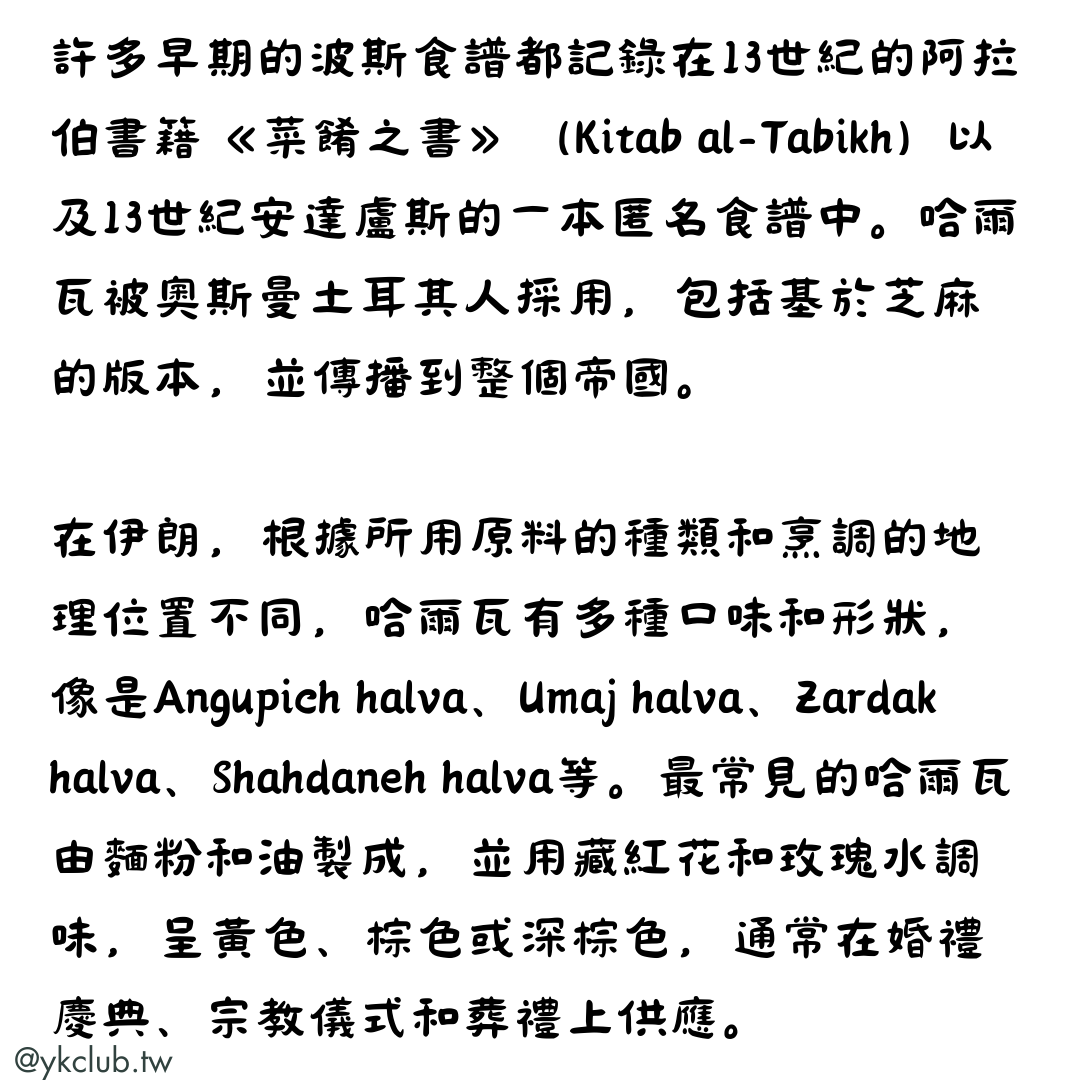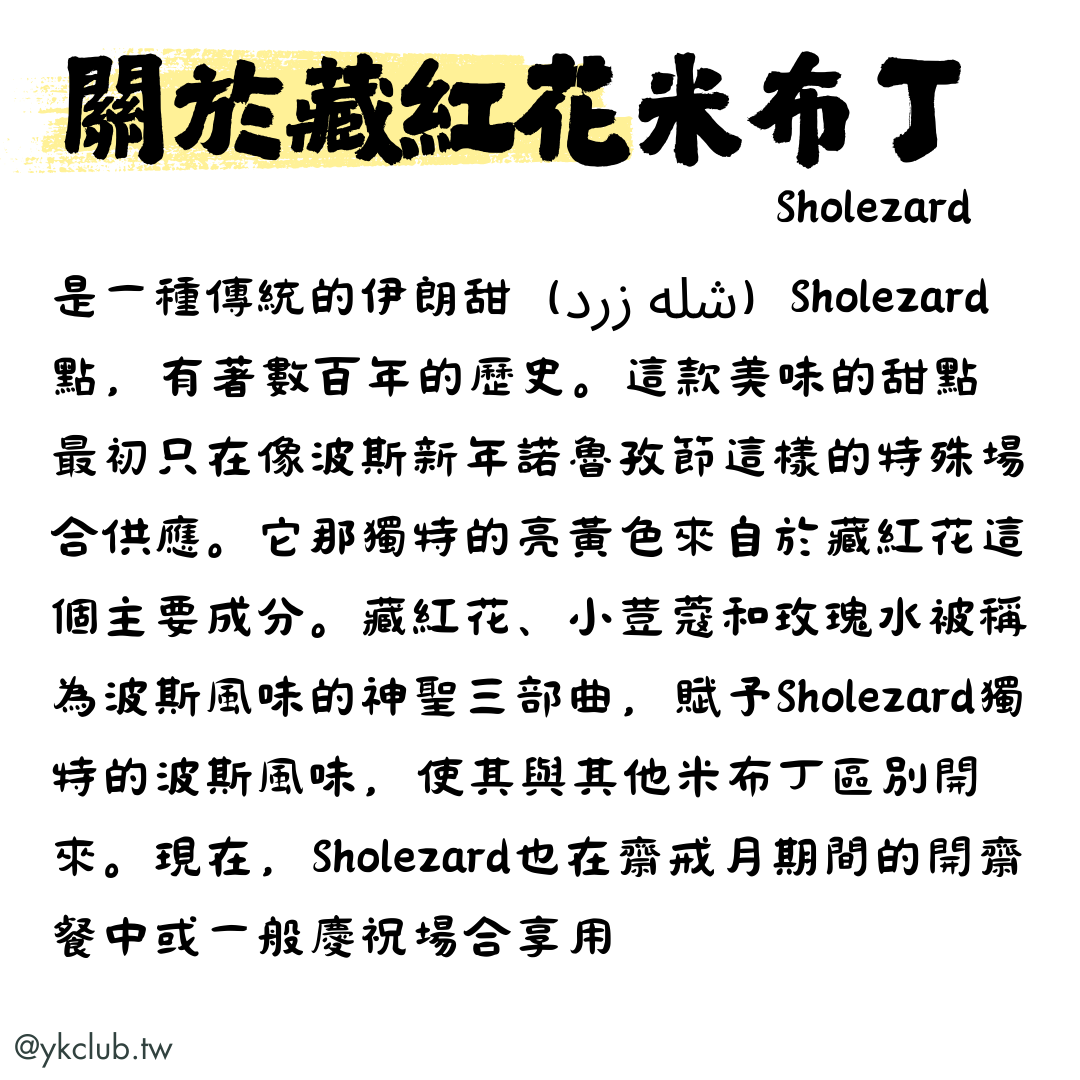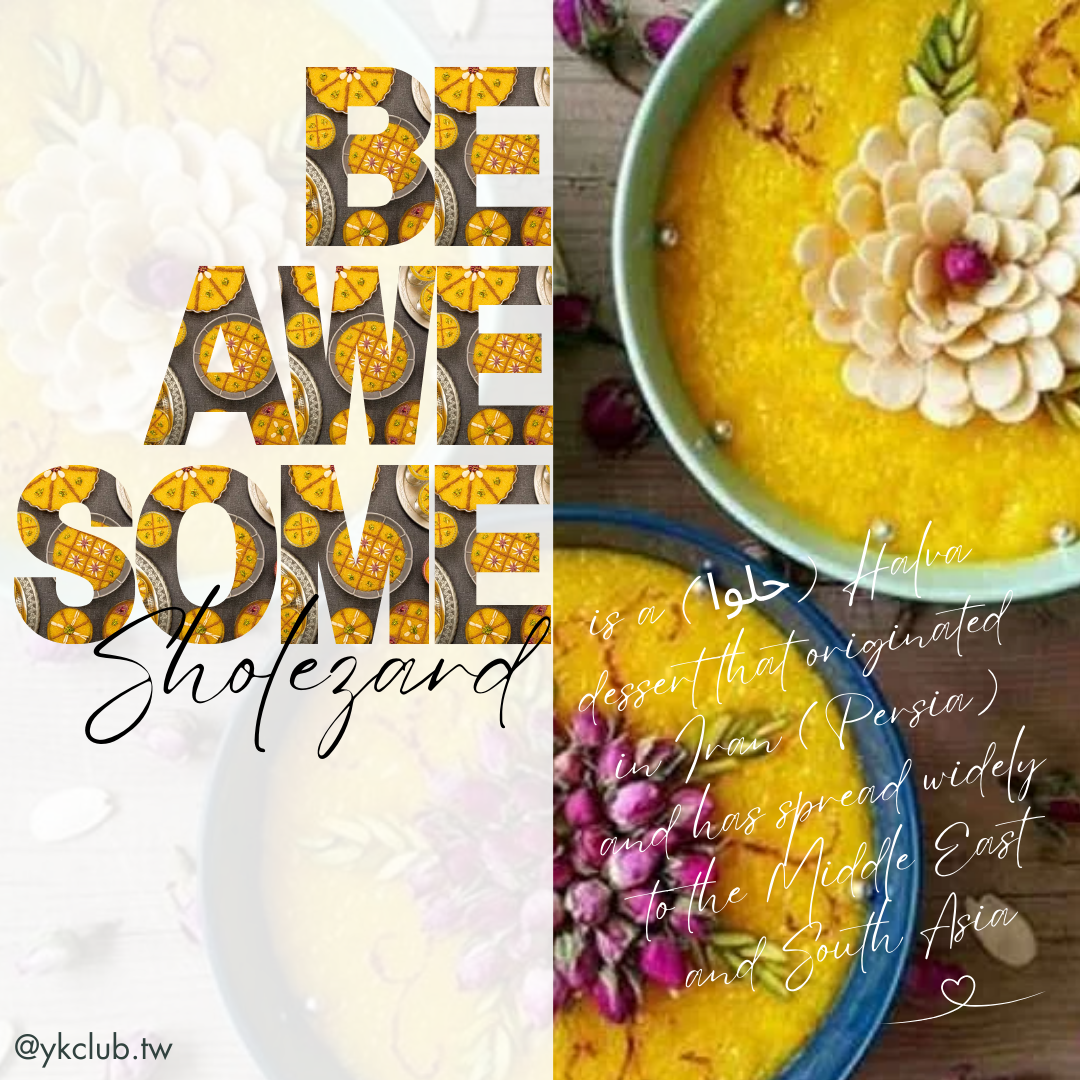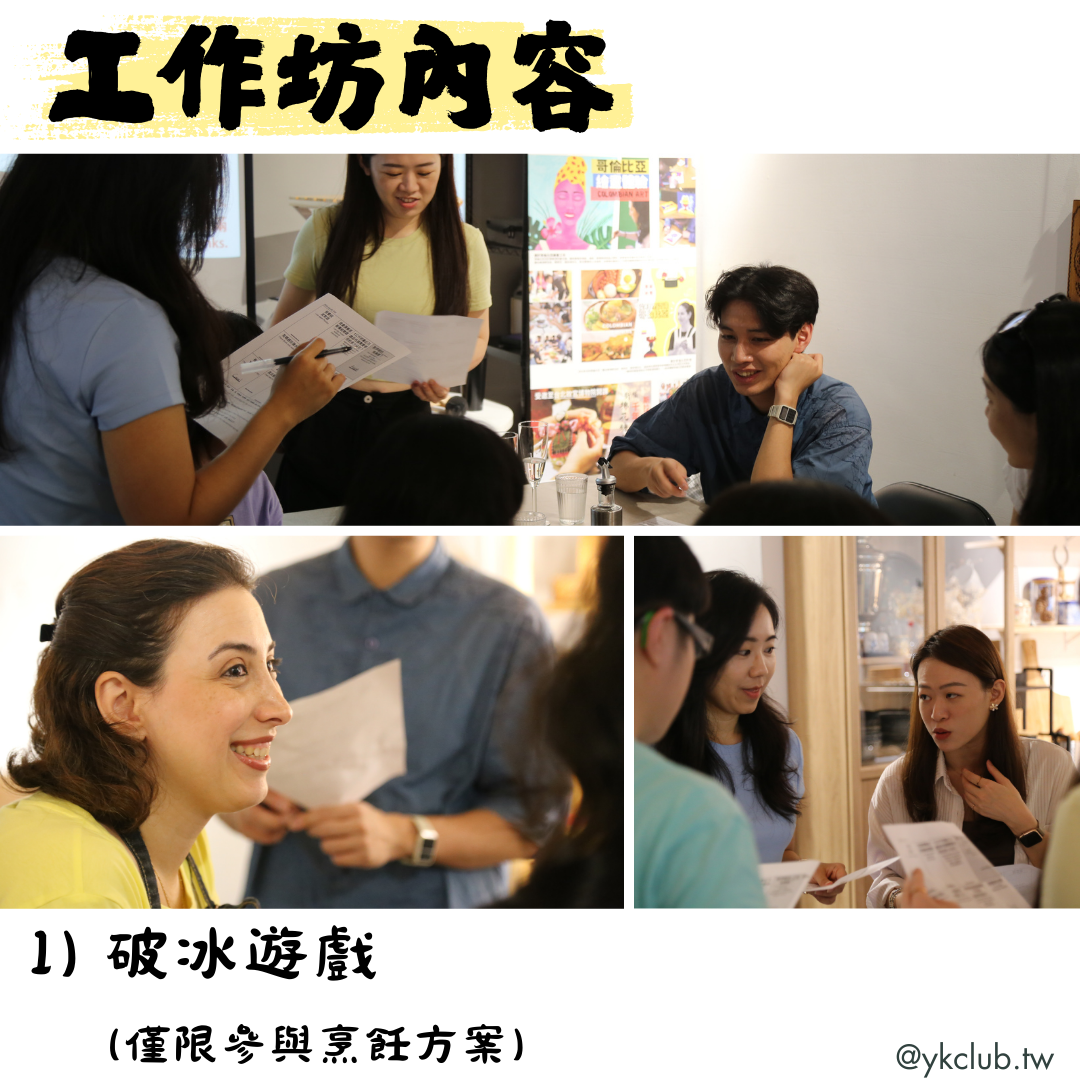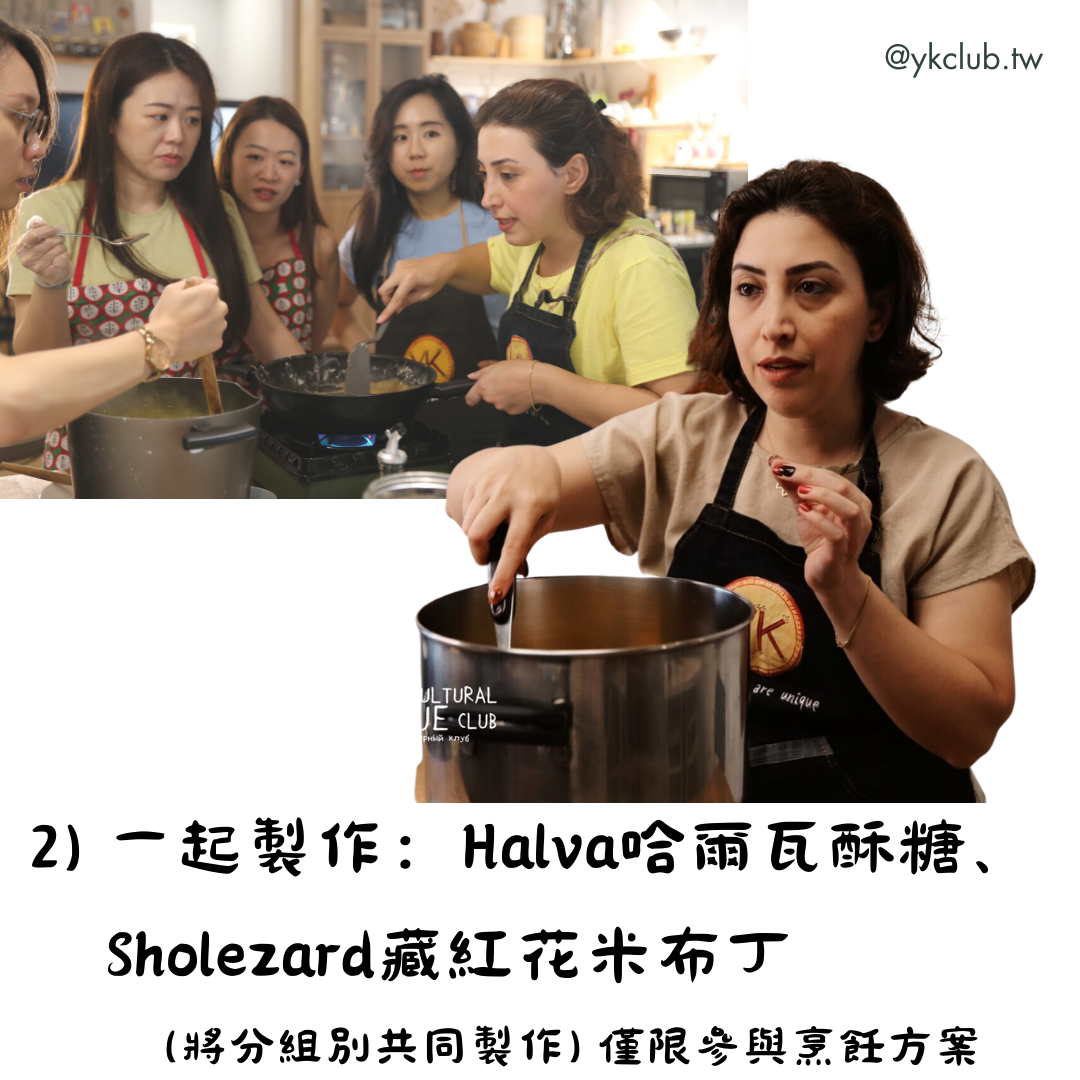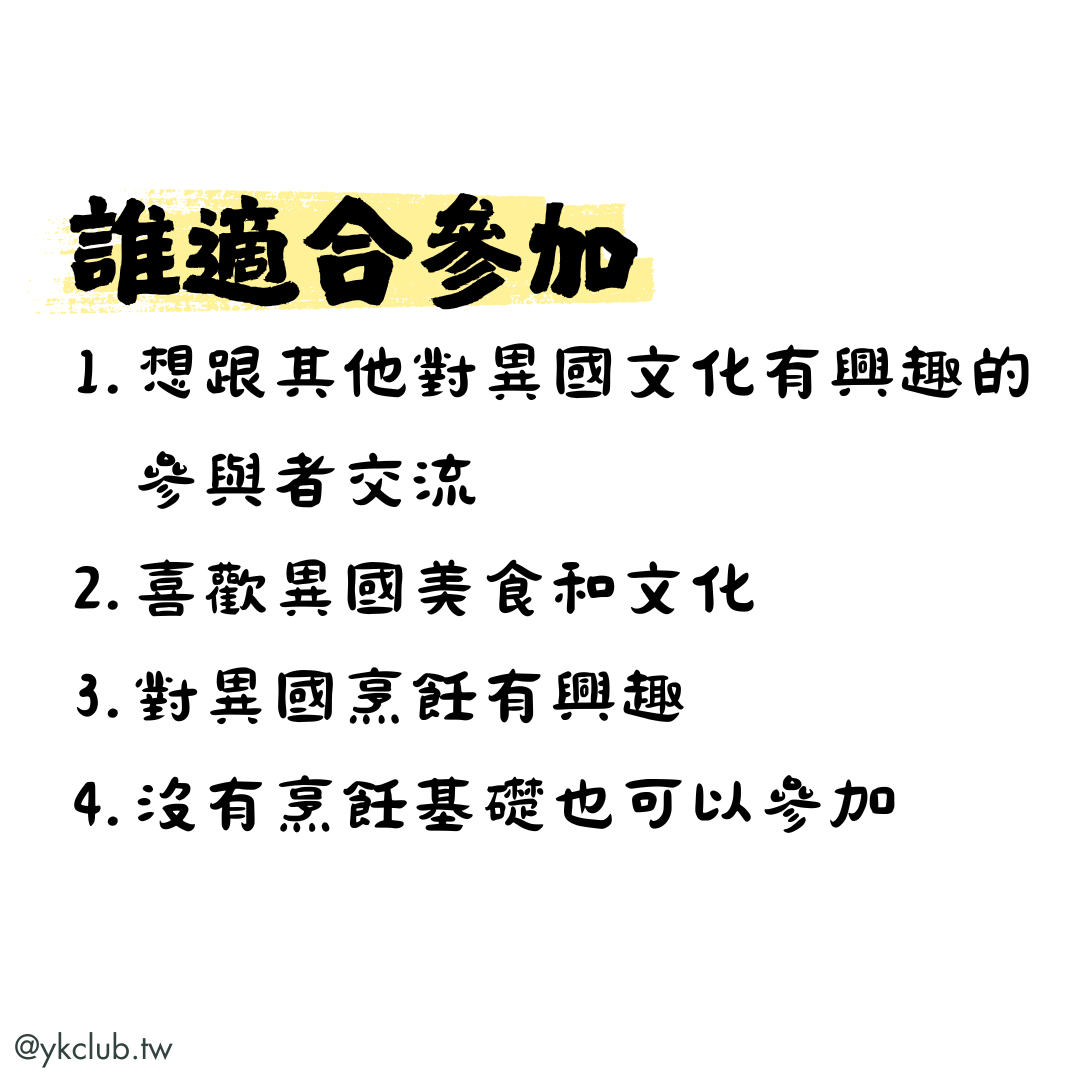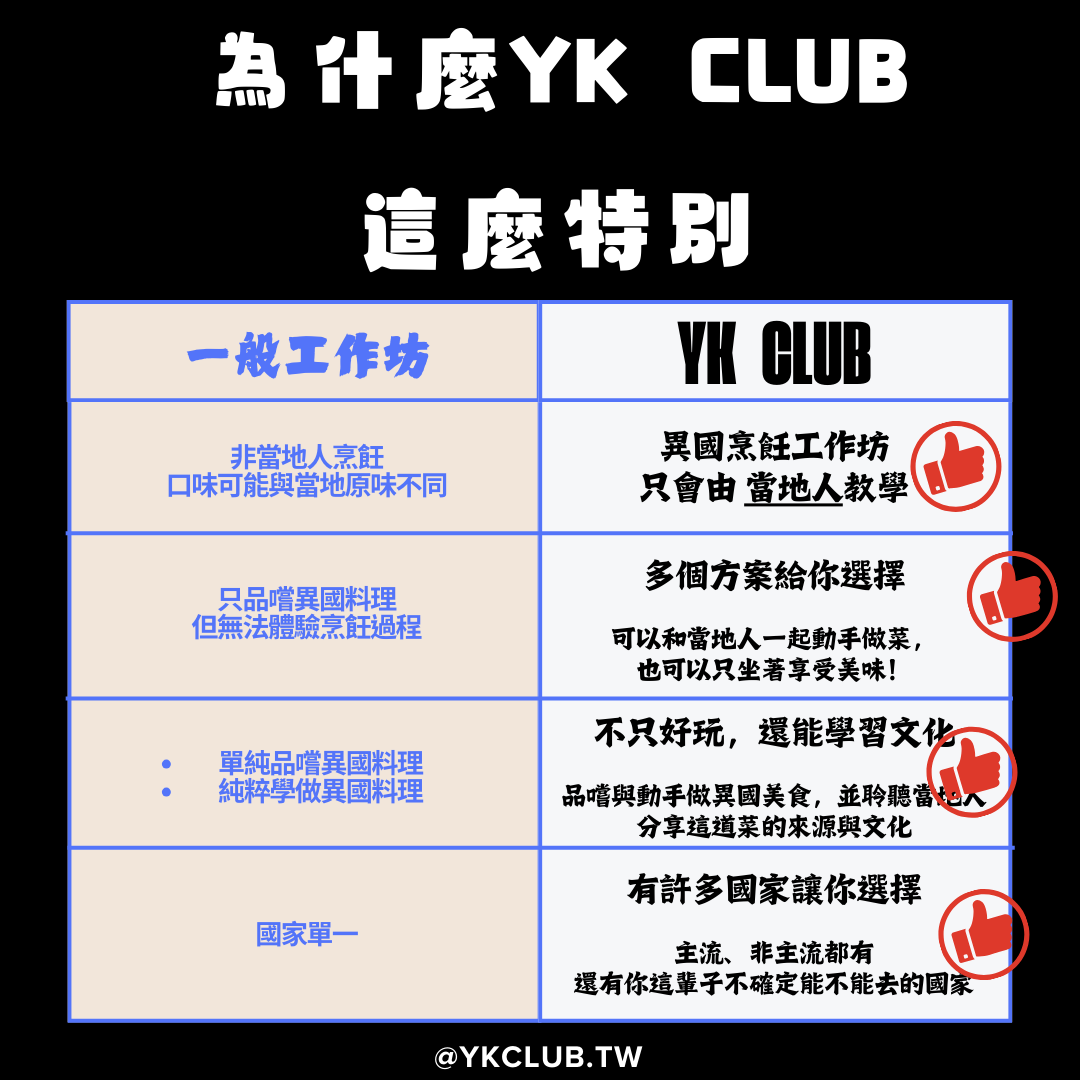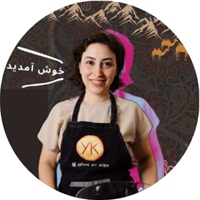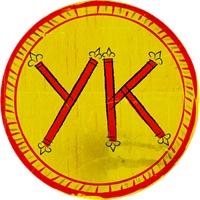ABOUT IRAN
Iran boasts a profound historical and cultural heritage, making it a country full of charm and appeal. Its rich cultural legacy includes 27 UNESCO World Heritage sites. Located in West Asia and the Middle East, Iran borders Armenia, Azerbaijan, and other countries to the north, Turkey and Iraq to the west, the Persian Gulf and the Gulf of Oman to the south, and Pakistan and Afghanistan to the east. Human activity in Iran dates back to the Paleolithic era, and since the 4th millennium BCE, the land has witnessed numerous illustrious periods, including the Median Kingdom, the Achaemenid Empire, and the Sassanian Empire.
Iran is a multi-ethnic country where Persian is the primary language, but Azerbaijani Turkish, Kurdish, Arabic, and several other languages are also spoken. Iran's artistic and literary achievements are significant, with Persian poetry and literature holding a vital place in world literary history. Its unique culinary culture, featuring a variety of dishes based on rice, meat, and vegetables, further enhances Iran's appeal.
ABOUT PERSIAN HALVA
Halva (حلوا) is a dessert that originated in Iran (Persia) and has spread widely to the Middle East and South Asia, with its presence in many countries such as Azerbaijan, Greece, India, Myanmar, and Turkey…etc. The term "halva" originated in Persia (modern-day Iran) and first appeared in the 7th century, initially referring to a mixture of dates and milk. By the 9th century, this term was used to describe various confections, including the sweetened, cooked semolina or flour paste we know today.
Many early Persian recipes are recorded in the 13th-century Arabic book Kitab al-Tabikh (The Book of Dishes) and a 13th-century anonymous Andalusian cookbook. Halva was adopted by the Ottoman Turks, who developed sesame-based versions and spread it throughout the empire.
In Iran, depending on the ingredients used and the region where it is prepared, halva comes in various flavors and shapes, such as Angupich halva, Umaj halva, Zardak halva, and Shahdaneh halva. The most common type is made from flour and oil, flavored with saffron and rose water, and appears yellow, brown, or dark brown. It is typically served at weddings, religious ceremonies, and funerals.
ABOUT PERSIAN HALVA
Sholezard (شله زرد) is a traditional Iranian dessert with a history spanning several centuries. This delicious treat was initially served only on special occasions, such as the Persian New Year, Nowruz. Its distinctive bright yellow color comes from saffron, its main ingredient. Saffron, cardamom, and rose water are known as the holy trinity of Persian flavors, giving Sholezard its unique Persian taste and setting it apart from other rice puddings. Nowadays, Sholezard is also enjoyed during iftar, the meal to break the fast during Ramadan.
Cook together:Halva,Sholezard
(Work together in groups)
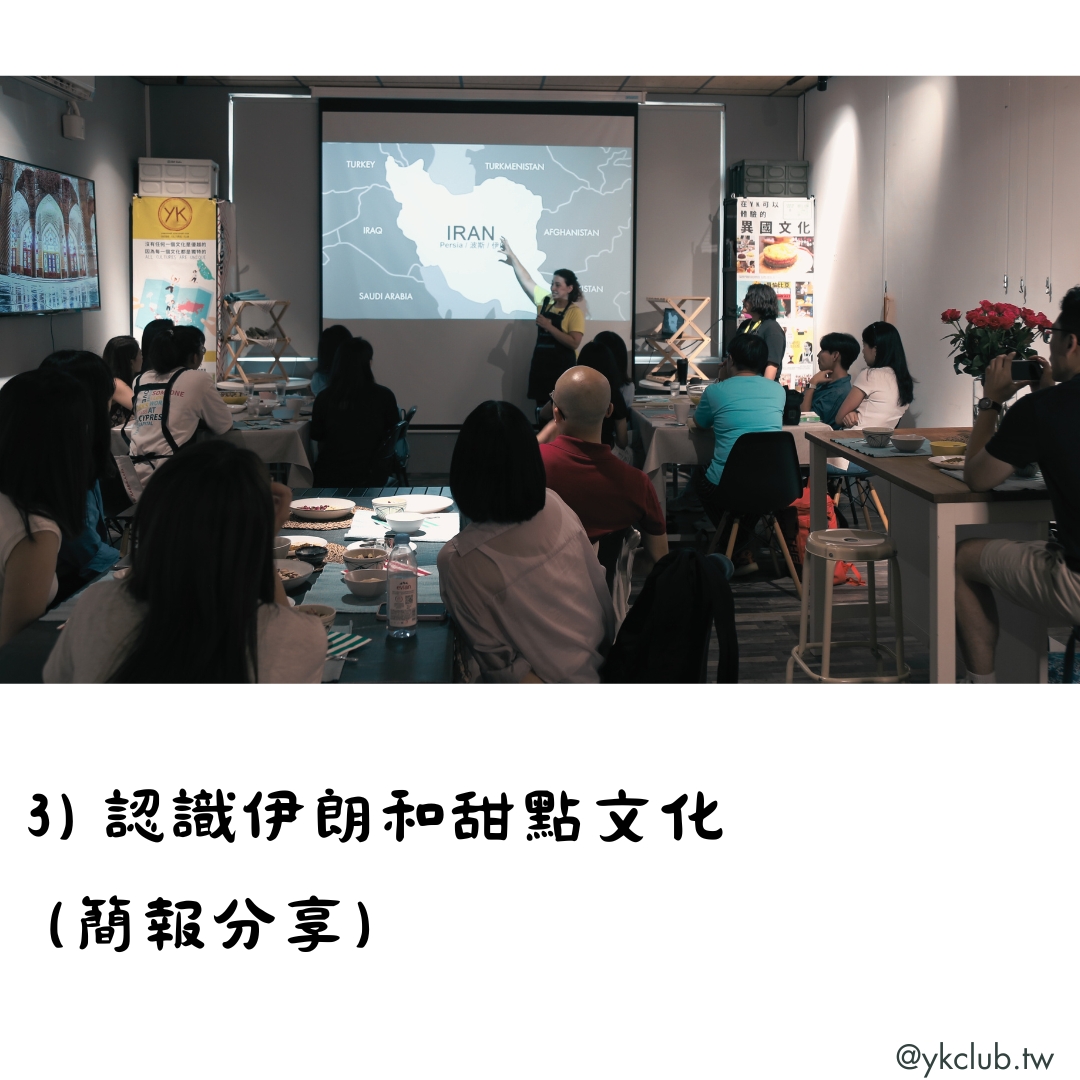
Learn about Iran and its dessert culture(Presentation)
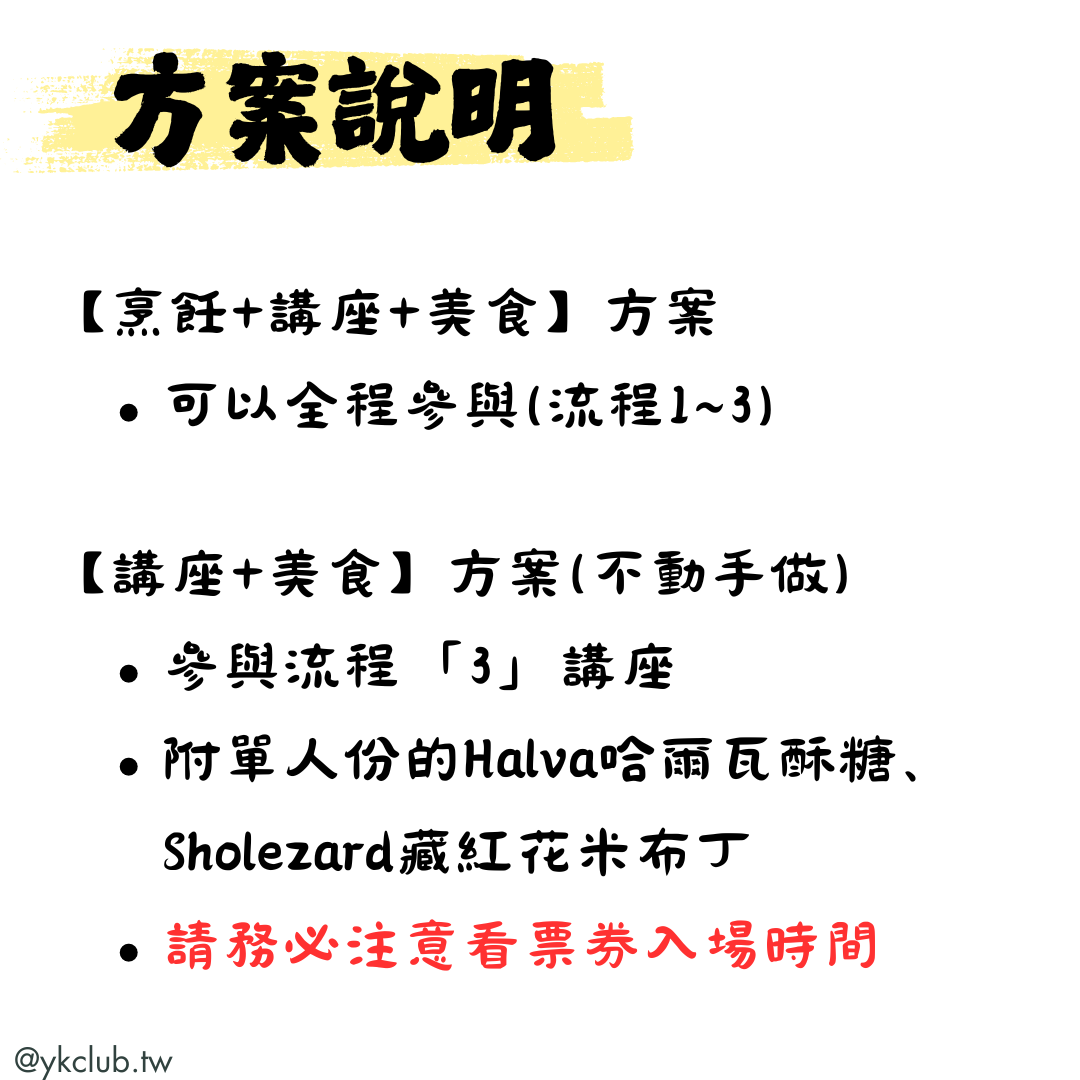

品嚐美食 Tasting
Halva哈爾瓦酥糖、Sholezard藏紅花米布丁
(圖片僅供參考,以學員烹飪結果為主)
Halva,Sholezard
(Images for reference only; actual results may vary based on participants' cooking)
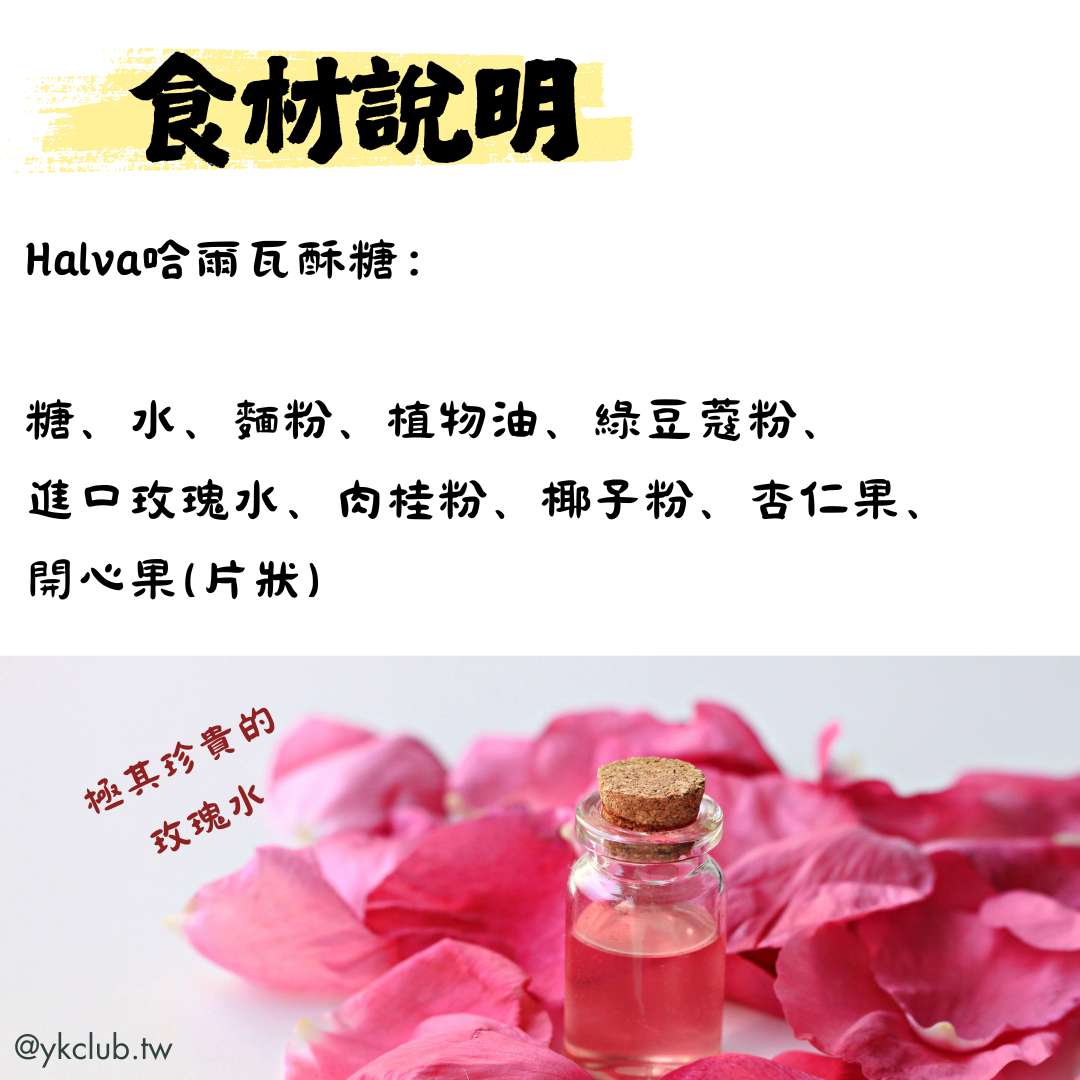
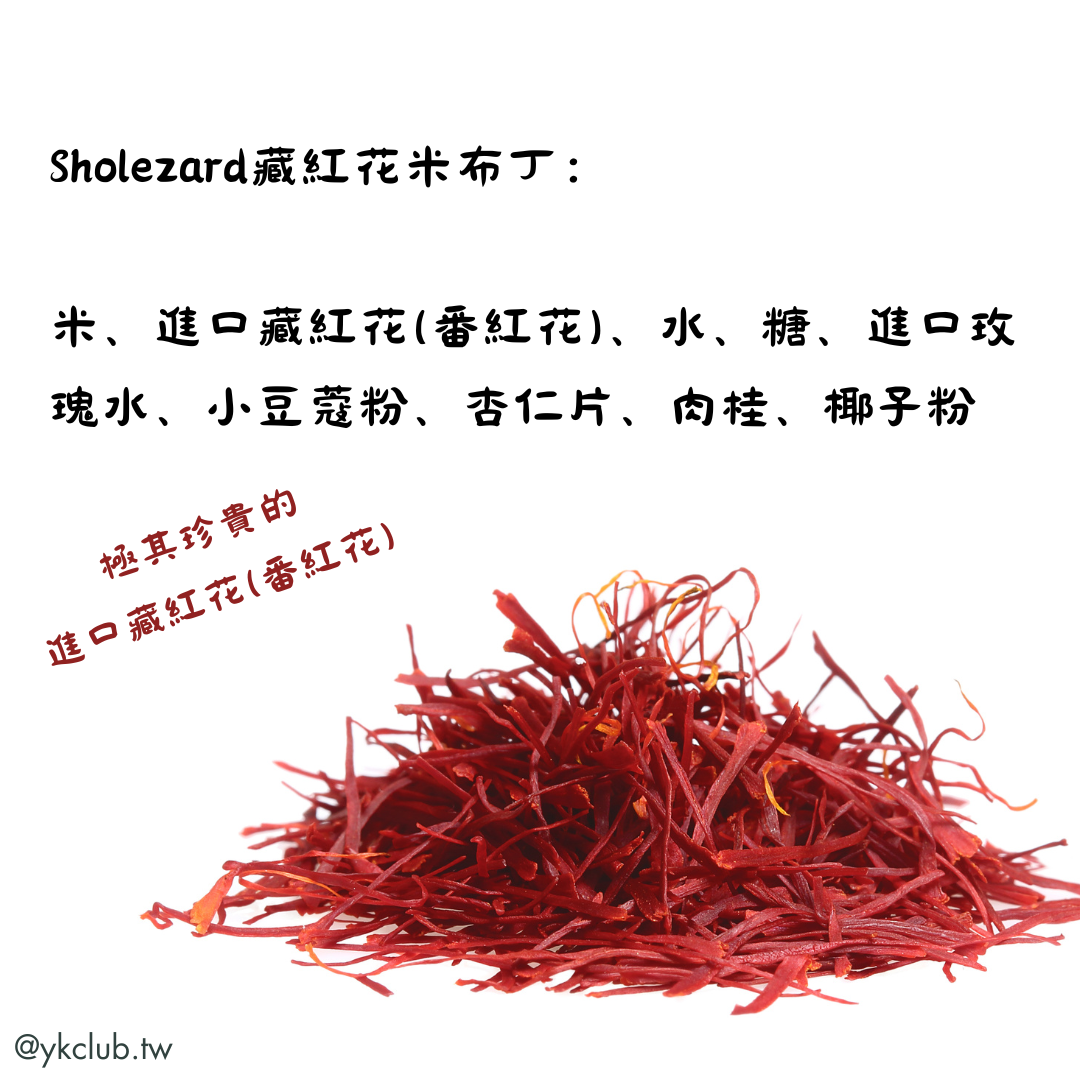
- Halva Ingredients:
sugar, water, flour, vegetable oil, green cardamom powder, imported rose water, cinnamon powder, coconut powder, almonds, and pistachio slices. - Sholezard Ingredients:
rice, imported saffron, water, sugar, imported rose water, cardamom powder, almond slices, cinnamon, and coconut powder.
————————
※活動將以英文進行,中文輔助翻譯
※The event will be conducted in English with Chinese translation available.
WHO IS THIS WORKSHOP SUITABLE FOR
- Those who enjoy international cuisine and culture
- Those who are interested in international cooking
- Anyone can join, even without any cooking experience
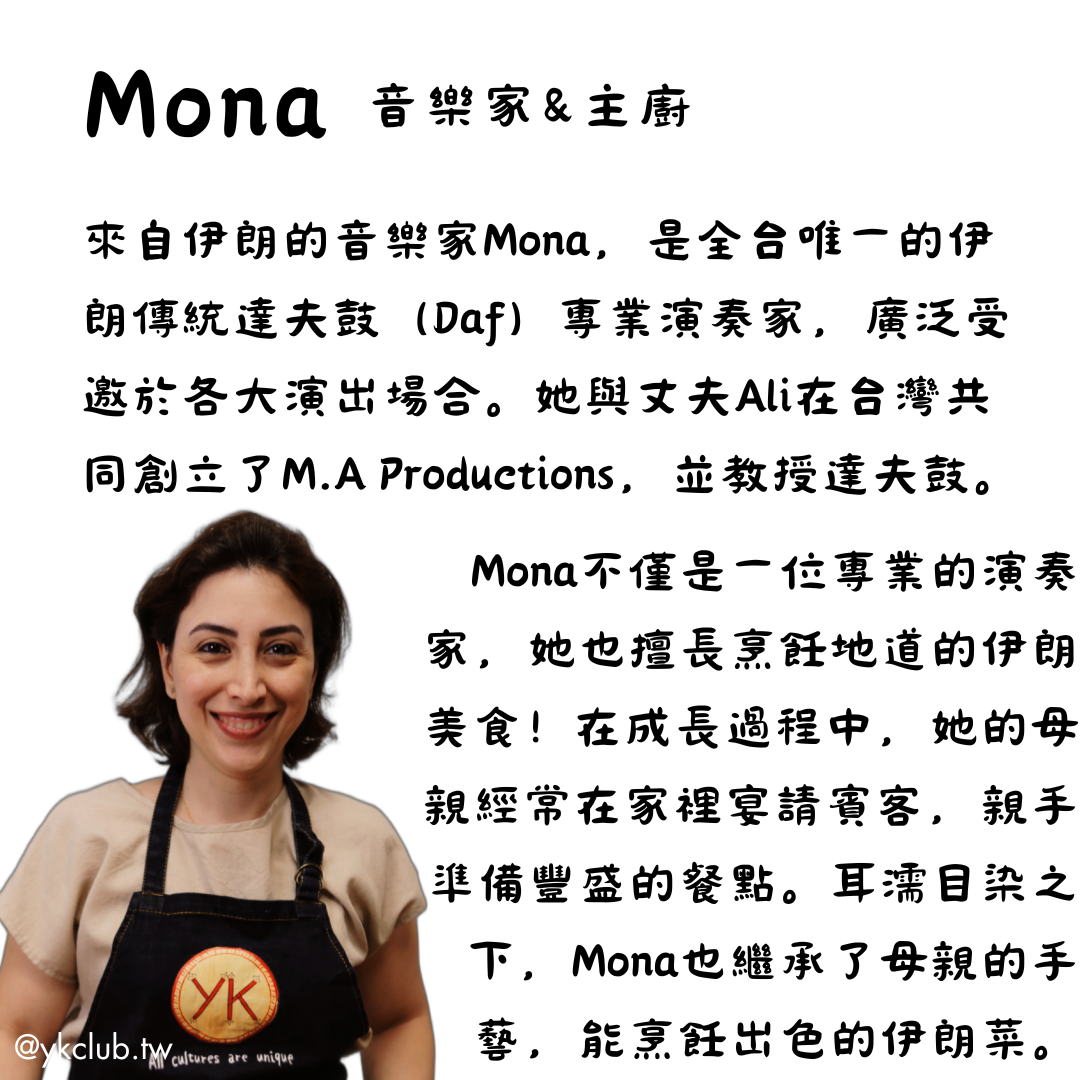
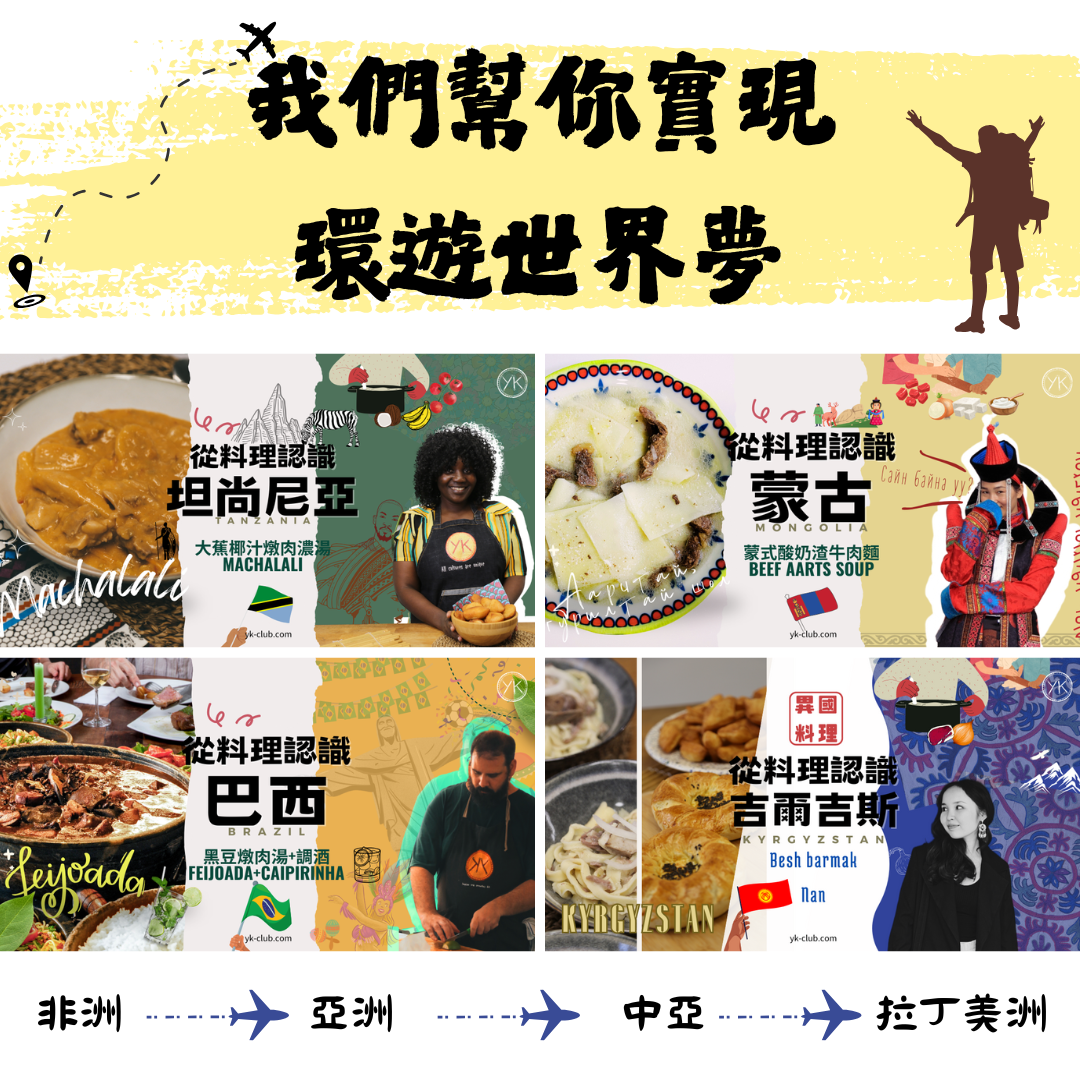
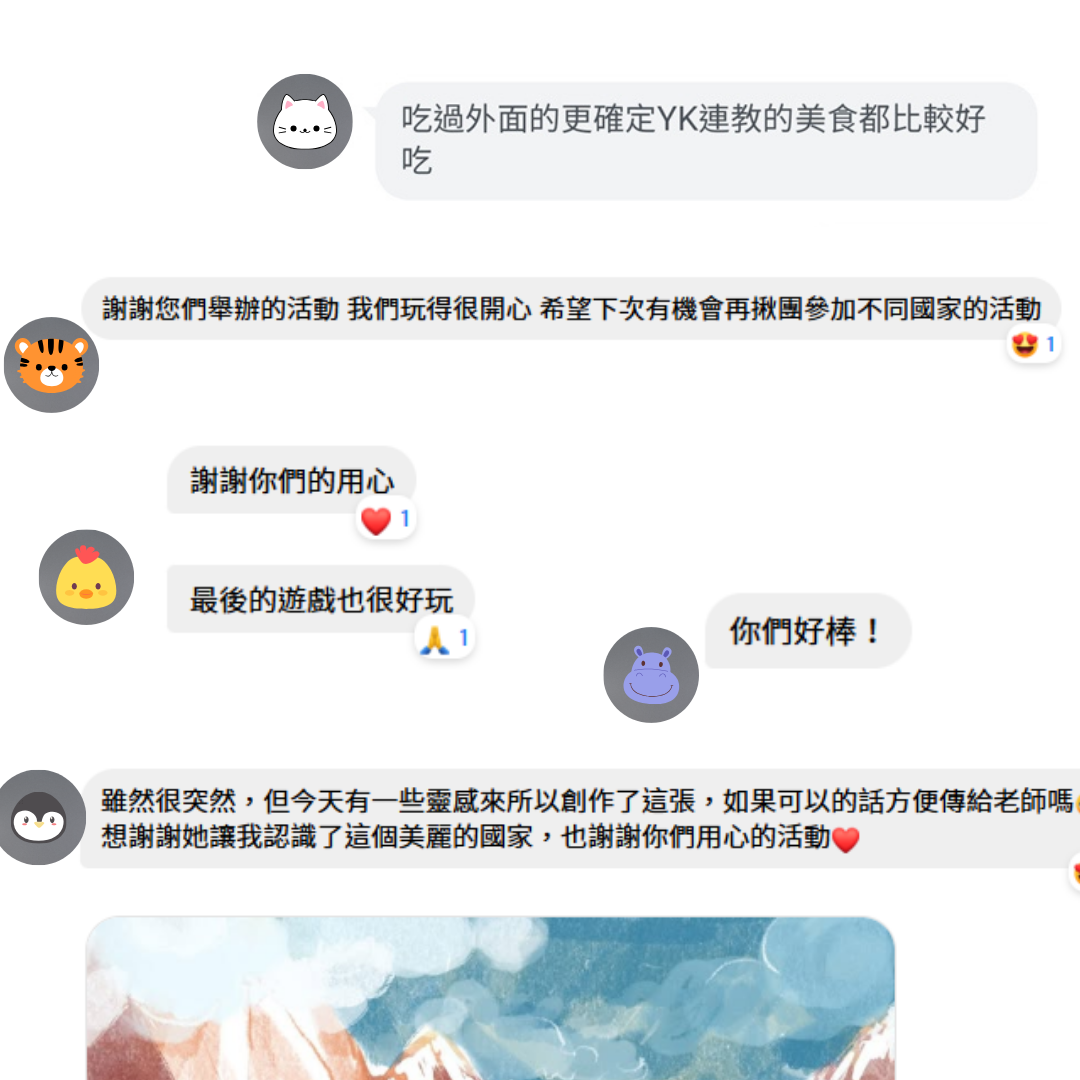
企業合作&包場
本活動由YK CLUB團隊與講師共同企劃,共有活動智慧財產權,如希望包場或至企業組織開課請與主辦單位聯絡。
體驗製作和專業料理課程的差別:
體驗製作活動著重於「與當地人或主講者的交流」,以及「大家一起準備餐桌的氛圍」。
就像和當地人一起在家中準備當天的晚餐一樣,每個人會分工準備,但我們並「不特別強調料理的學習」。
這與專業料理課程有所不同,專業課程更注重教導料理的製作技巧。如果您對學習如何製作異國料理有興趣,我們也有其他的料理課程供您選擇,或者您也可以隨時與我們聯絡!
What’s the difference between “Hands-on Experience” and a “Professional Cooking Class”?
In our hands-on experience events, the focus is on “interacting with local people or instructors” and creating a warm atmosphere of “preparing the table together.”
It’s similar to preparing a dinner with locals in their homes, where each person has different tasks, but we “do not specifically emphasize learning cooking skills.”
This is different from a professional cooking class, which places more emphasis on teaching the techniques of cooking. If you are interested in learning how to cook international cuisine, we have other cooking classes available for you to choose from, or you can always contact us anytime!”

場地狀況說明 Venue condition
體驗製作活動主要著重於讓參與者深入體驗當地文化,品嚐特色的異國美食。因此,現場並沒有像專業料理課程那樣的專業廚房,還請見諒。
The experiential cooking activity focuses primarily on providing participants with an immersive experience of local culture and the taste of unique international cuisines. Therefore, please understand that the venue does not have a professional kitchen like in a culinary course.
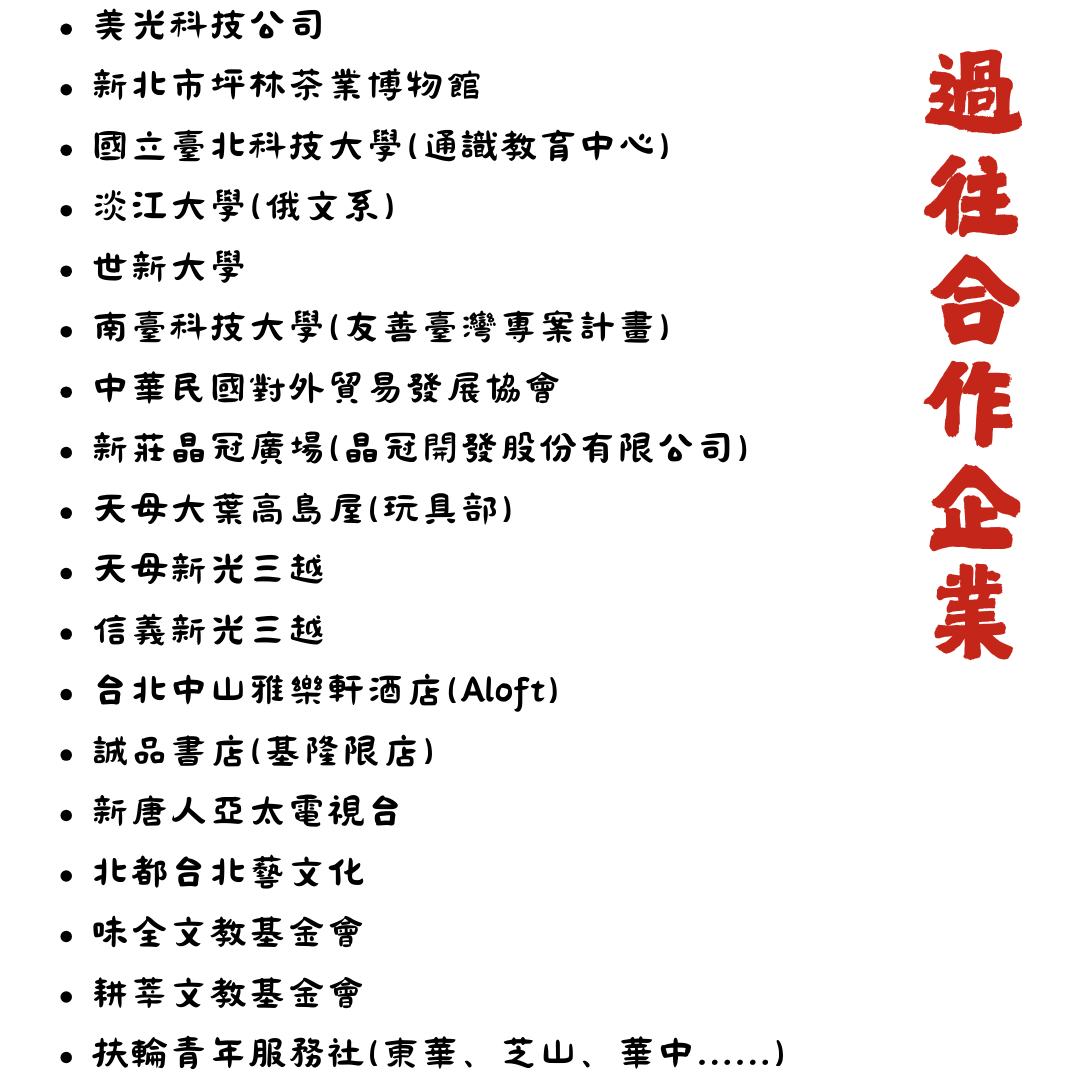
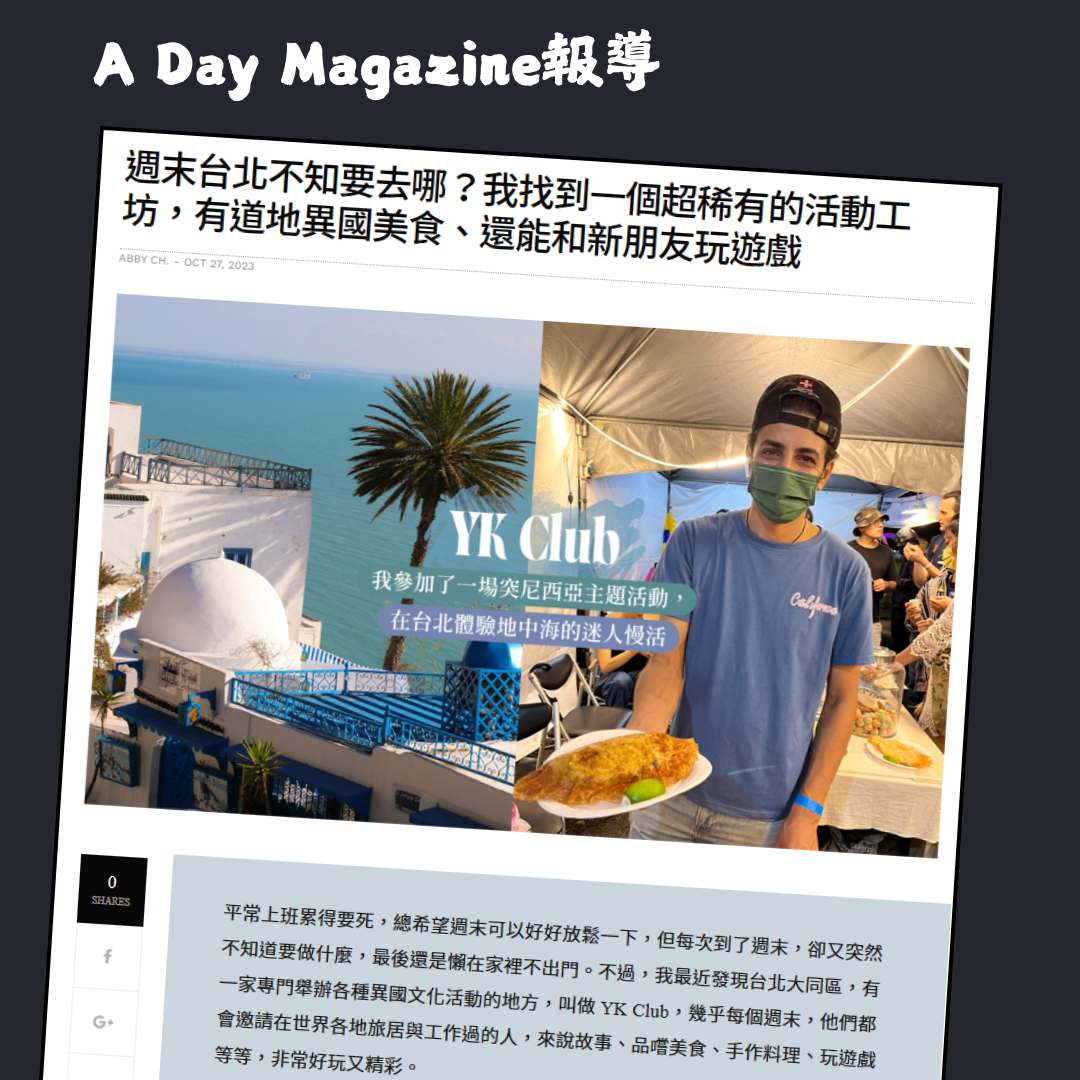
關於YK CLUB
我們舉辦各種異國文化活動,從零開始策劃,活動排演和工作坊內容設計皆由YK CLUB團隊負責,培養出優質的異國講師!
我們深信
每一個文化都是獨特的,沒有任何一個文化是絕對優越的。
我們的目標是建立文化之間的橋樑,以輕鬆愉快的方式讓大家認識不同的文化,打破刻板印象!







